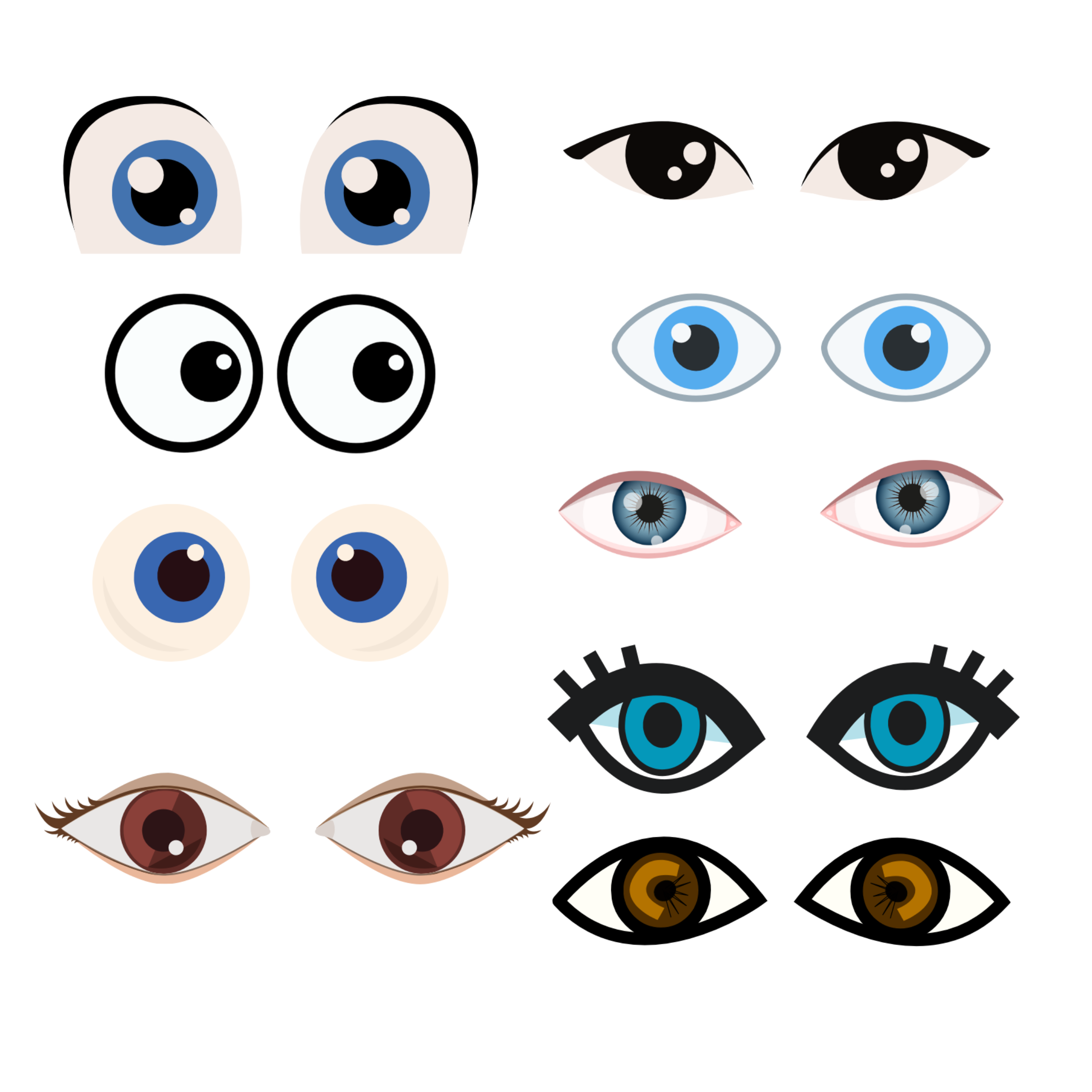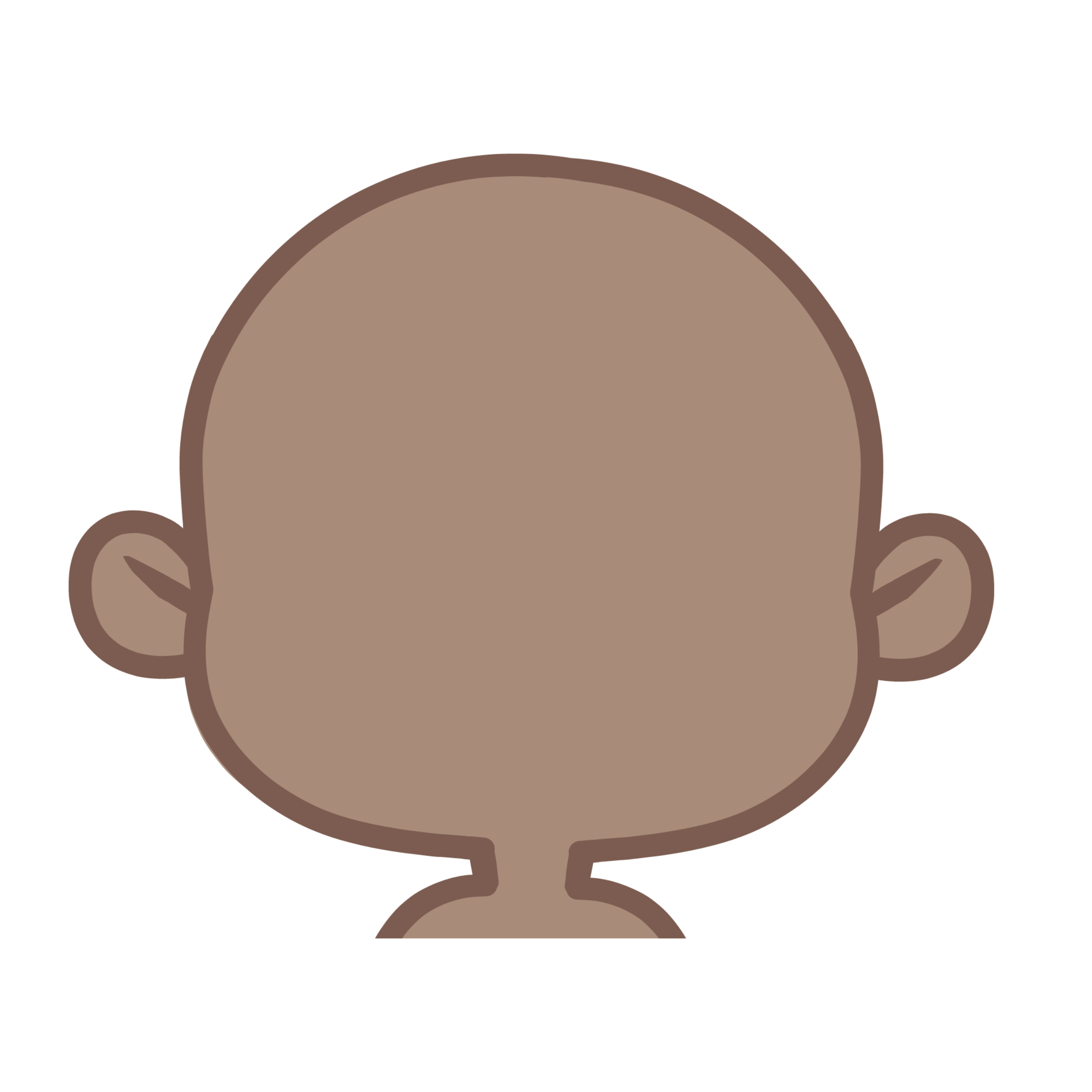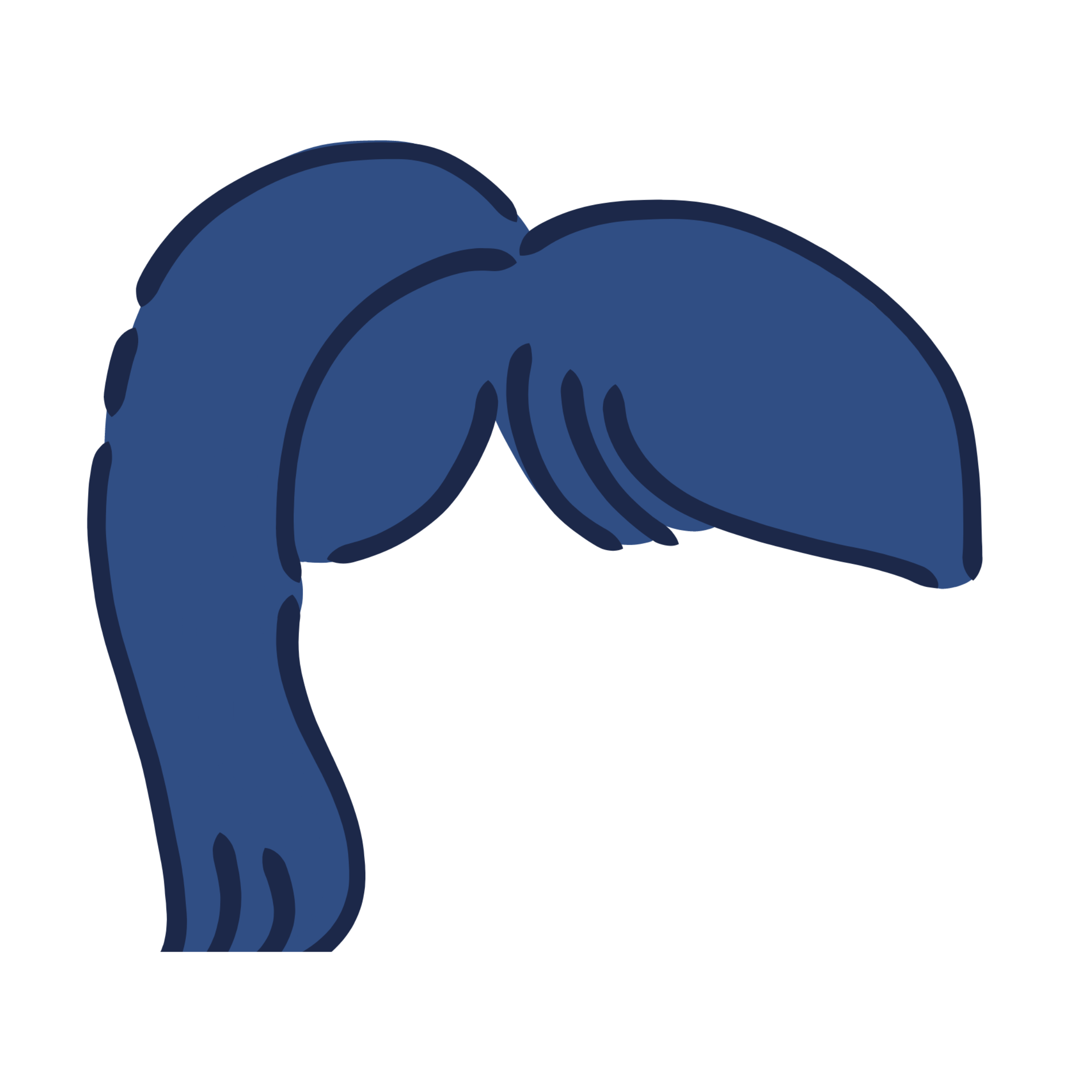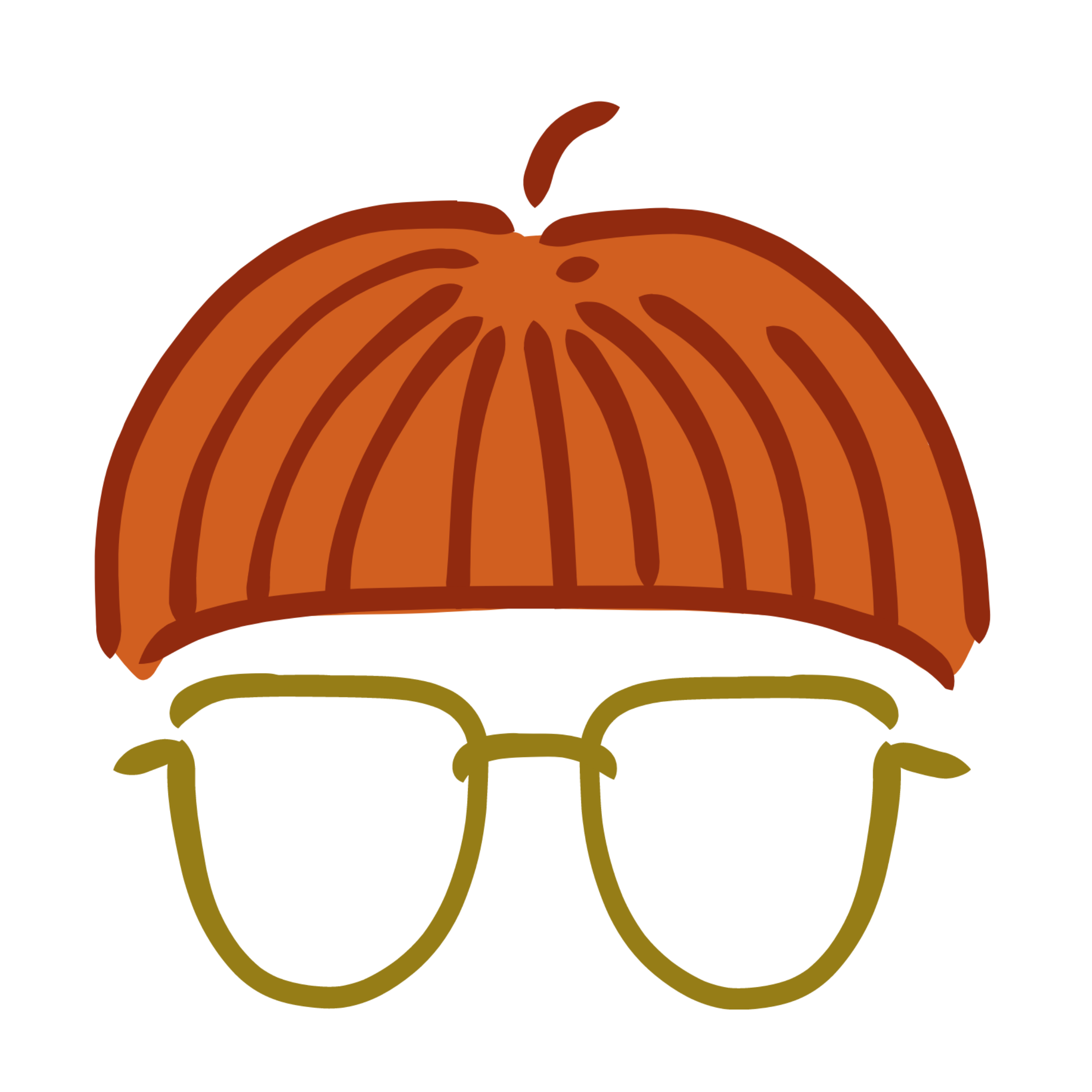Playing with faces - learning about emotions and feelings
We’ve created a fun resource which we believe is needed with all that is going on in our world at the moment. Our team was having a discussion about children who are about to enter school soon. We realised that these children would have little or no memory of life before the pandemic. The pandemic has come with huge challenges for adults and with that huge emotions. We have had to navigate our lives and that of our families through the unknown and all the rules that followed to keep us safe. It is no surprise that children felt waves of emotions and with that would be confusion, fear and much more.
Here is where we come in! Discussing emotions and how we feel is important. We understand that and this is the reason we created a resource that would help children to understand and express what they are feeling but in a playful way. We chose to make a resource that was easy and fun to use. We created parts that included colourful hair to make the experience more appealing. A lot of different expressive faces can be created with this resource. Below are some examples of the printable face parts.
We enjoyed making this resource very much and we enjoyed the fun we had playing with it! We tried different combinations of eyes, noses, mouths, eyebrows and hair to show different expressions and different looks.
To stimulate even more creativity, we used a range of loose parts instead of the facial features we had made. That’s when the really interesting faces appeared! For example, a shell for a nose and bottle tops for eyes. We decided to be even more creative so we combined the made-up facial features with the loose parts. A whole lot of new looks emerged from that!
If you would like to see some of the looks we created, watch our video by clicking the image below.
We aim to help children identify and relate to expressions as they create faces. Encourage conversations to flow while doing this. For example, a child might say “This is what my face does when I feel sad” or “This is what I look like when …” which is great because the verbal expression is developing.
For some children who are unable to verbalise feelings, this resource allows them to show the feelings instead. The idea is for children to connect different emotions and feelings to words. Support can be given by adding comments and questions such as “I see you have made a happy face” and “I feel happy when… What makes you feel happy?” It is important to identify the expression for those children who are developing emotional awareness.
This resource is a tool to help with understanding children’s feelings so that they can develop an understanding of emotions and the expression of feelings. If children become emotionally aware then they are able to calm themselves down and face challenges. Relationships will develop as children become aware of the feelings of others. The importance of this should never be underestimated. Imagine what it would be like to not understand feelings and emotions. Imagine trying to make your way in this world without this understanding. Life would be so difficult and it is for many children. If you have a child who is at the stage of working this all out or needs help to develop this, then this resource will help you! Click the image below to view the printable resource including printable face pictures, emotion picture cards and emotion words.
Recycle! Recycle! Recycle!
It is our mission to make as many resources as possible that can be easily recycled. If a part of this resource is lost or damaged, it’s easy to replace. If you don’t have a need for the resource, it can be recycled. If after some time you need this resource again, it’s easy to remake.
We hope you enjoy this idea!
Happy playing.














